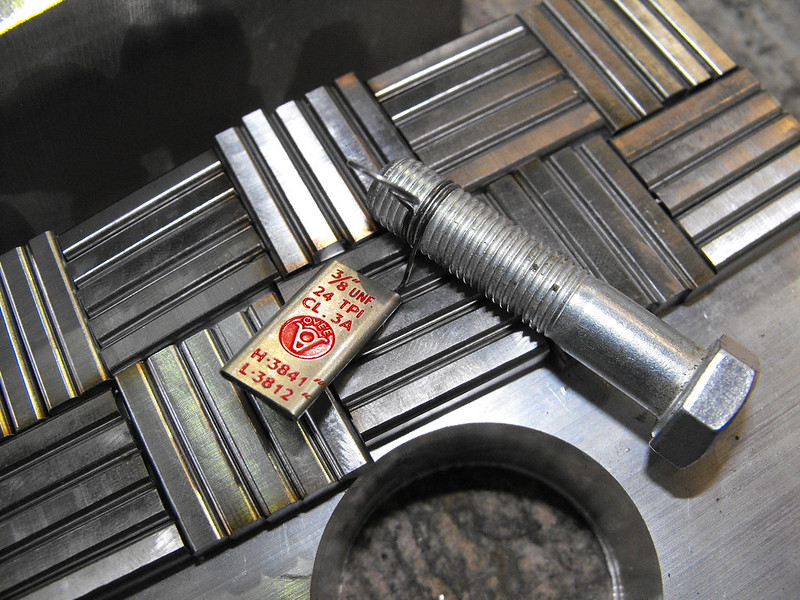I've got a need for measurement of exterior threads to class 3 sizes.
The parts would need to be measured for class 3 limits while still held in a lathe chuck. As I see it, I have three choices:
1. Thread mic.
2. Go/no-go ring gages.
3. Thread wires and a mic.
The jobs where I have to measure to class 3 spec would be about once every other week, perhaps once/week, and most of the threads I will check will be of two specifications, 1/2-28 and 5/8-24.
Any opinions which is the best way to go for a job that has to stay in the lathe while being measured? Right now, I'm using thread wires and a vernier mic (down to tenths), and trying to juggle the wires and the mic at the same time gets annoying.
The parts would need to be measured for class 3 limits while still held in a lathe chuck. As I see it, I have three choices:
1. Thread mic.
2. Go/no-go ring gages.
3. Thread wires and a mic.
The jobs where I have to measure to class 3 spec would be about once every other week, perhaps once/week, and most of the threads I will check will be of two specifications, 1/2-28 and 5/8-24.
Any opinions which is the best way to go for a job that has to stay in the lathe while being measured? Right now, I'm using thread wires and a vernier mic (down to tenths), and trying to juggle the wires and the mic at the same time gets annoying.






